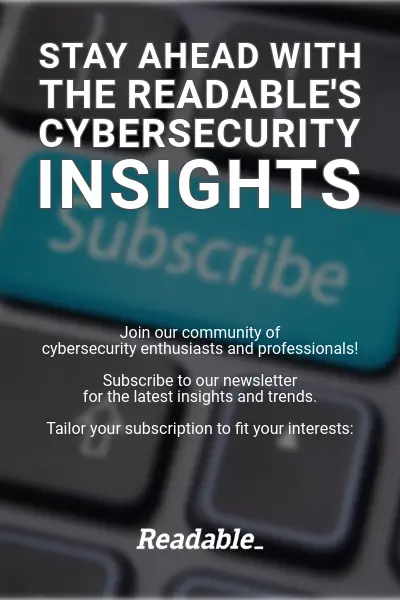By Dr. Kang Yousung, Director of Cryptography and Authentication Research Section at ETRI
Recently, the view that quantum technology will revolutionize the future has been garnering increased attention. This burgeoning interest has been amplified as three pioneering physicists, lauded for their ground-breaking verification of quantum entanglement, were bestowed with the 2022 Nobel Prize in Physics. The surge of anticipation within the information security industry towards quantum technology stems from its potential to decrypt certain cryptographic algorithms using quantum computers, posing new challenges and avenues in cybersecurity.
The conversation around the security implications of quantum computers can be traced back to a pivotal paper by Dr. Peter Shor in 1994. Titled “Algorithms for quantum computation: discrete logarithms and factoring,” it was presented at the 35th IEEE Symposium on Foundations of Computer Science. Then a computer scientist at Bell Lab, Dr. Shor introduced an algorithm, now known as Shor’s algorithm, which pertains to prime factorization. What’s groundbreaking about his proposition is that it showcased an exponential increase in speed in breaking down large numbers into primes compared to traditional digital computers. This revelation is particularly significant because the RSA algorithm, a cornerstone in encryption and digital signatures across devices like computers and smartphones, relies heavily on the difficulty of factoring large composite numbers. As a result, Shor’s algorithm, with its capability to tackle this factoring challenge using quantum computers, emerges as a formidable threat to the foundation of RSA encryption.
In an era where the RSA algorithm is essential for secure online services like internet banking, online payments, and electronic document issuance, the potential pairing of high-capacity qubit quantum computers and Shor’s algorithm stands as a significant threat to the dependability of our digital world. In response to this looming quantum threat, two pivotal technologies have emerged: Quantum Key Distribution (QKD) and Post-Quantum Cryptography (PQC). To fully grasp the difference between QKD and PQC, it’s necessary to examine three aspects of each technology: the devices each technology operates on, the type of information unit they transmit, and the anticipated security effects.
Delving into the specifics, QKD employs specialized optical devices capable of transmitting and receiving photons with quantum mechanical properties. This technology transmits and receives quantum qubits, aiming to achieve a level of key distribution impervious to eavesdropping between sending and receiving parties. Conversely, PQC operates on existing digital devices, handling the calculation, transmission, and storage of digital information in the form of bits. It stands as a comprehensive alternative to the RSA algorithm, aiming to replace all security functions including secure key distribution, authentication, and digital signatures, ensuring a robust defense against the quantum threat.
Beyond the surface differences, the main distinction between QKD technology and PQC technology hinges on their foundational principles. While QKD leans on quantum mechanics, PQC stems from the evolution of a new public key algorithm based on digital characteristics. QKD, on one hand, demands the bespoke creation of costly quantum equipment. And while it offers unrivaled security in key distribution—a process impervious to eavesdropping—its scope is limited, providing only this specific function of the multifaceted RSA algorithm. Its strength lies in its immunity to any advancements in quantum computers or algorithms. On the flip side, PQC operates seamlessly on current digital devices, from laptops and desktops to smartphones and advanced surveillance systems. This compatibility allows for cost-effective implementation and rapid application. PQC not only matches but enhances the diverse security functions originally offered by the RSA algorithm. However, its claim to security is based on the absence, at present, of any quantum algorithm that can exploit it. Should a potent quantum algorithm emerge that can crack PQC’s intricate problems, the race will be on to devise and deploy even more quantum-resistant public key algorithms.
Regardless of the advancements in quantum computing, the imperative to safeguard digital information will persist for decades to come. While the tech community continues its quest for solutions that neutralize quantum threats without disrupting our established digital infrastructure, no single approach has yet gained dominant traction. Given that our contemporary cryptographic systems face potential threats from quantum computers coupled with Shor’s algorithm, the window to establish a fortified, quantum-resistant infrastructure is expected to be just 10 to 15 years. As we stand at this pivotal juncture, strategic decision-making is essential to ensure our digital assets remain shielded against looming quantum computer challenges.
This article was copyedited by Nate Galletta.
About the author
Dr. Kang Yousung has been with the Electronics and Telecommunications Research Institute (ETRI) since 1999 and currently serves as the director of ETRI’s Cryptography and Authentication Research Section. From 2011 to 2012, he was a visiting researcher at Queen’s University Belfast, Northern Ireland, UK. He has represented the Telecommunications Technology Association (TTA) as their IT international standard expert since 2004 and has led multiple government-backed cybersecurity R&D projects, including international collaborations. Dr. Kang obtained his BS and MS in Electronics Engineering from Chonnam National University, Gwangju, Korea, in 1997 and 1999, respectively. He completed his Ph.D. in Electrical and Electronic Engineering from KAIST, Daejeon, Korea, in 2015. His research interests include quantum security, key-hiding technology, side-channel analysis, drone/IoT security, and areas of cryptographic engineering.

